The Jay Treaty Averts War with England
The Jay Treaty, officially known as the Treaty of Amity, Commerce, and Navigation, Between His Britannic Majesty and the United States of America, was signed on November 19, 1794. Its primary goal was to cool rising tensions between England and America.
The Treaty of Paris of 1783 ending the American Revolution, had laid out several provisions that were not being followed by the two countries. This failure led to disagreements and war was becoming a real possibility.
Specifically, the British had never evacuated their forts in the Northwest Territory, nor had they stopped the impressment of our sailors (taking British citizens working on American ships off them to serve on British warships). They also had flooded our markets with British exports, while denying American commerce entry into many ports.
On the other hand, American courts continued to block attempts by British creditors to collect legitimate debts from Americans incurred during the Revolution. Additionally, despite guarantees in the 1783 treaty to return confiscated estates to Loyalists, American authorities refused to restore them.
President Washington worried that our new nation was drifting towards a war it was ill prepared to fight. The Treasury was not well stocked and a war with our largest trading partner would devastate the economy.
Moreover, we had only a small standing Army, the recently created Legion of the United States. We also had no navy, despite the passage of the Naval Act of 1794 which called for the building of a naval force of six frigates. The first of these would not sail until 1797.
To prevent this potentially devastating conflict, President Washington sent John Jay, Chief Justice of the Supreme Court, to England to negotiate a settlement with the British. The terms Jay worked out with Lord Grenville, Britain’s lead negotiator, included the evacuation of British forts in the northwest and a commercial treaty granting the United States “most favored nation” status with England.
Other key points of disagreement like wartime debts and boundary disputes, such as along the Canadian-Maine border, were submitted to arbitration. After several years, the arbitration board announced their decisions which greatly favored the American position. While the British were awarded 600,000 pounds for unpaid pre-1775 debts, the US received $11.6 million for damages to American shipping.
By most important measures, the Jay Treaty was a success. It kept us out of war with the world’s strongest nation, England, and we gained improved status with our largest trading partner and access to more markets.
However, when the terms were announced in America, it was initially viewed in a negative light. This feeling largely stemmed from an anti-treaty propaganda campaign by the party of Thomas Jefferson and James Madison, the Democratic-Republicans, who greatly favored the French.
They were opposed to any legislation or acts that brought America closer to England who the Jeffersonians considered our arch enemy. Despite the Democratic-Republican attempt to derail the treaty, it was ratified on June 24, 1795 in the Senate where the Federalist party held sway, and it went into effect on February 29, 1796.
Interestingly, the Jay Treaty was one of the key issues debated during the Presidential election of 1796. By then, American public opinion had turned against the French and become supportive of the Jay treaty which helped John Adams, the Federalist Vice President, defeat Jefferson to become our nation’s Chief Executive.
WHY IT MATTERS
So why does the Jay Treaty matter to us today? When the Jay Treaty was ratified, our country had been operating under the new Constitution for just a few years and was still finding its way. The last thing we could afford was another costly war, especially with England, the world’s foremost power and our main trading partner.
President Washington, perhaps more so than anyone else, fully recognized this fact. His decision to accept the terms we received from the British, in the face of severe criticism from the Jeffersonians and against popular opinion, took tremendous courage.
His resolve to do the right thing for our country despite making him somewhat unpopular with the people is just one more example of why we owe this great man so much.
SUGGESTED READING
The Jay Treaty: Political Battleground of the Founding Fathers by Jerald Combs is an excellent account of the story behind the Jay Treaty. Published in 1970, it explains the intense debate over the treaty and the motivations of the principal players.
PLACES TO VISIT
Fort Mackinac, located at the Straits of Mackinac between Lake Michigan and Lake Huron, is a beautifully restored fort from the 1780s. The site of our nation’s second national park in 1875 but closed in 1895, it was one of the forts relinquished by the British as a result of the Jay Treaty.
Until next time, may your motto be “Ducit Amor Patriae,” Love of country leads me.

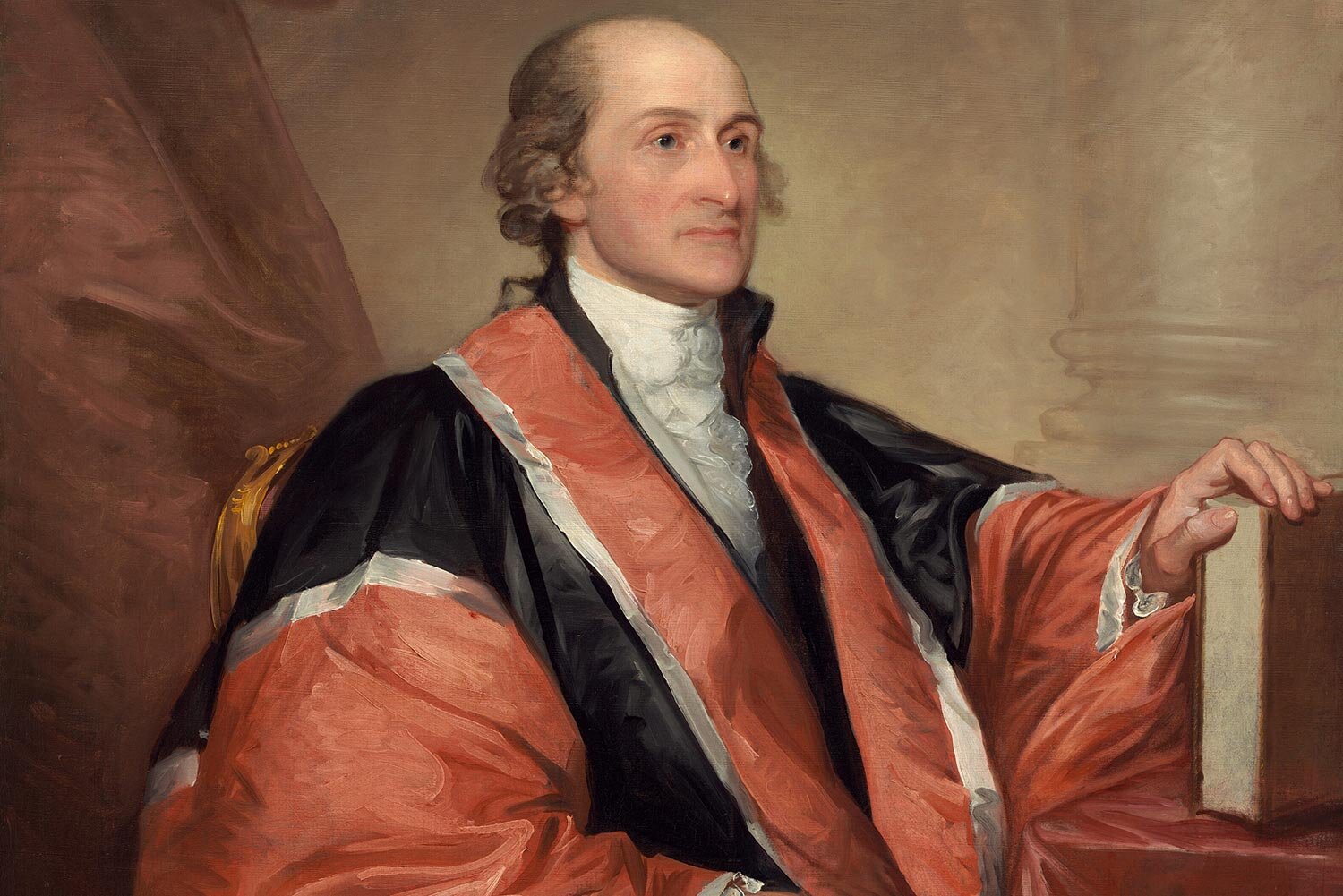
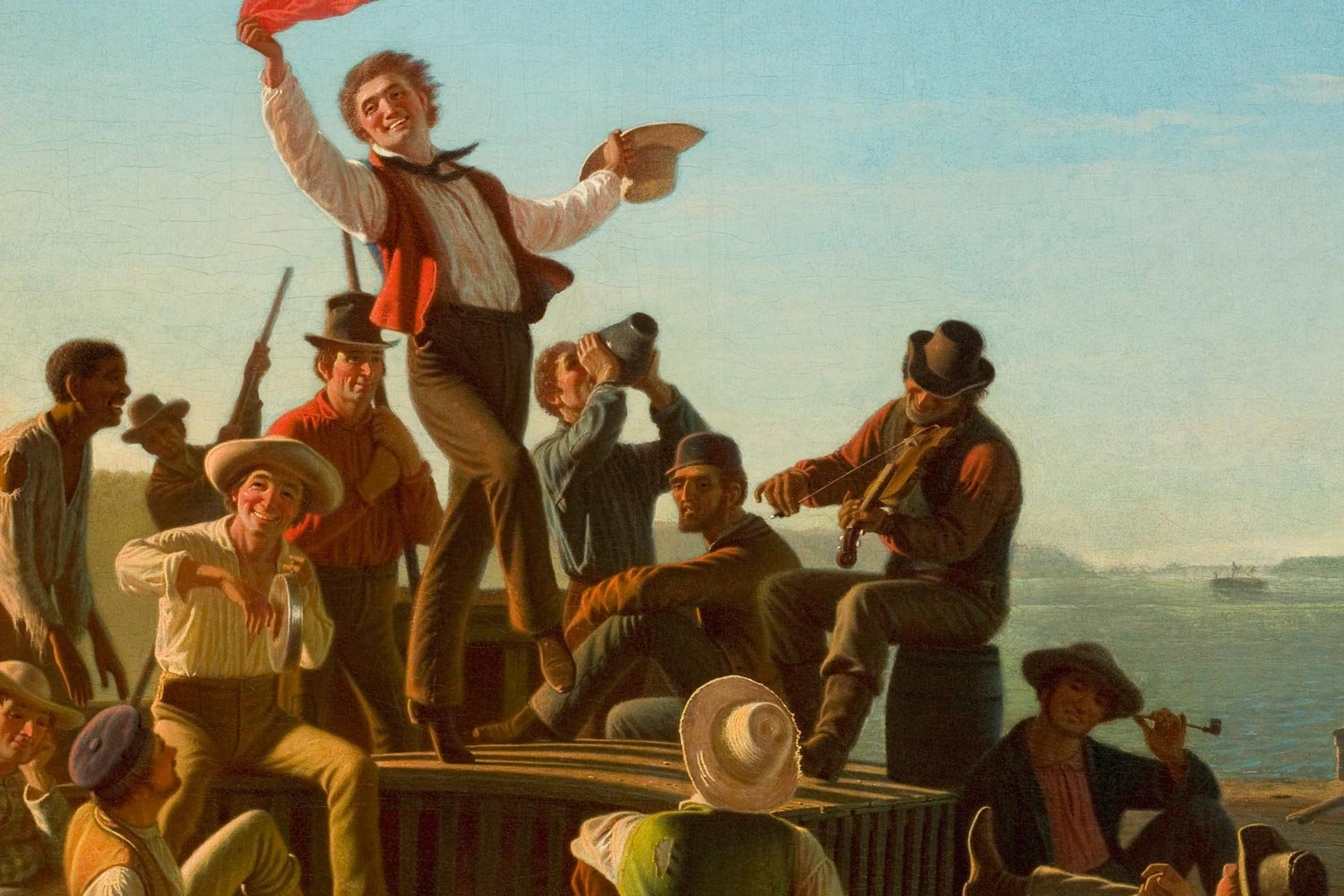

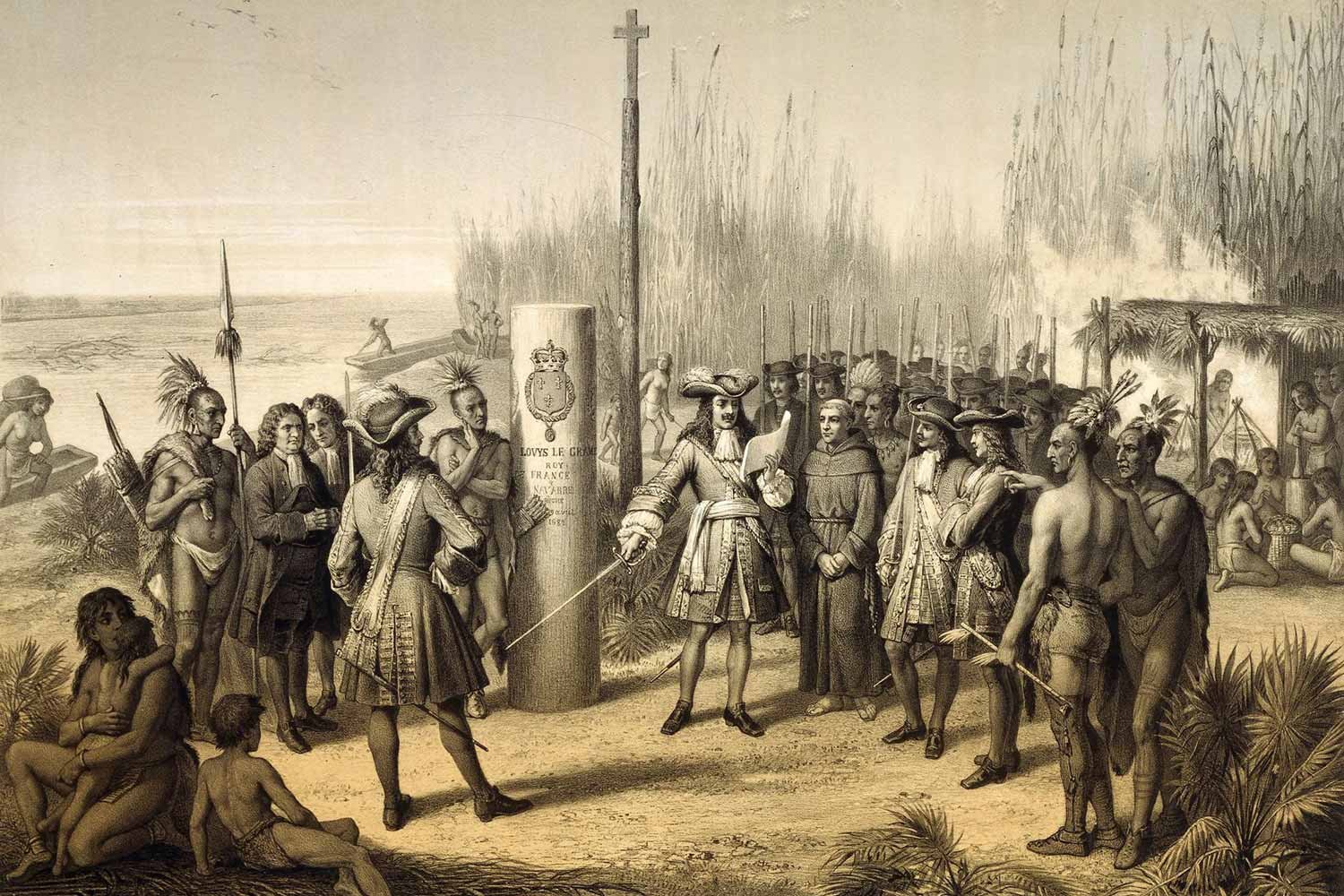
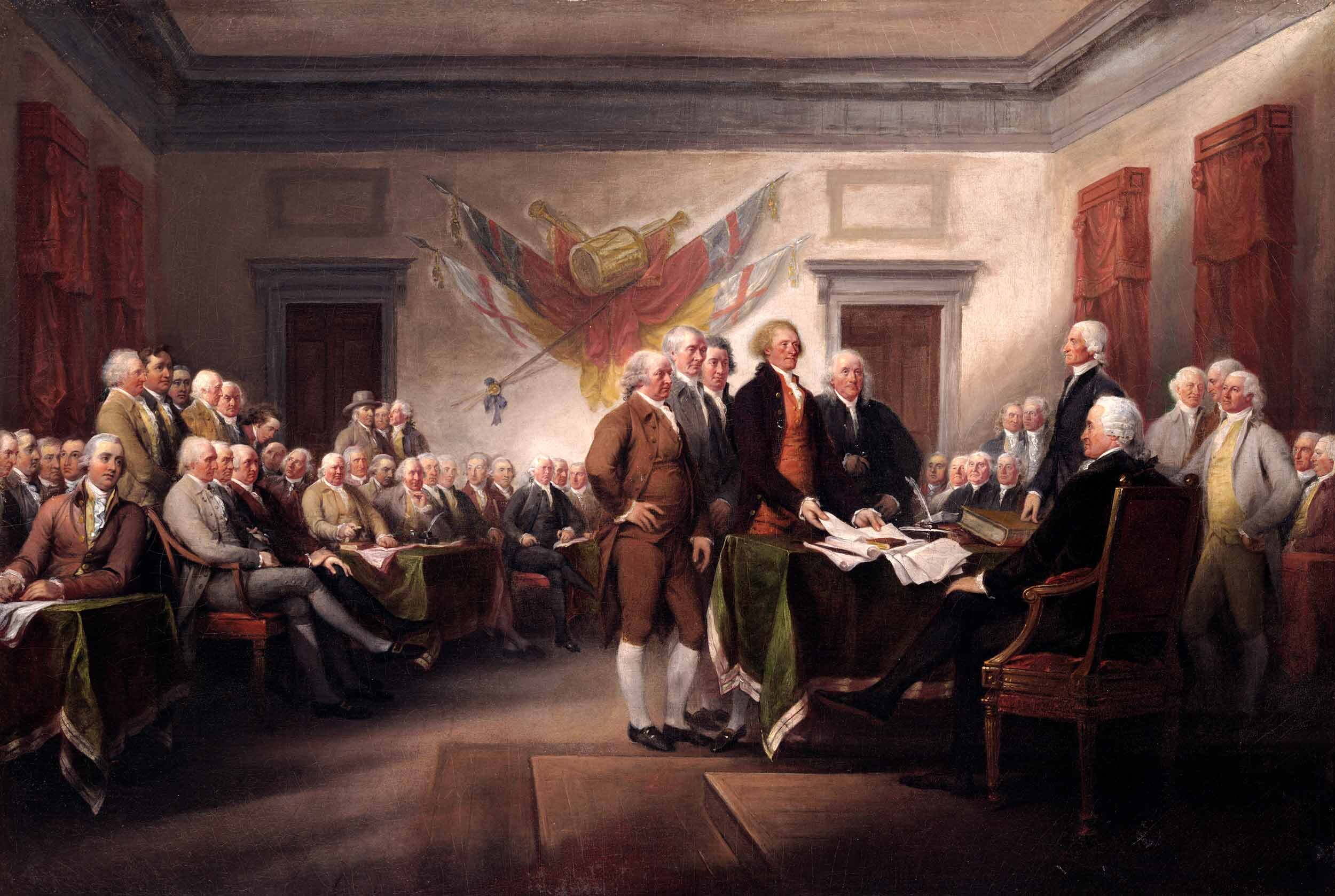
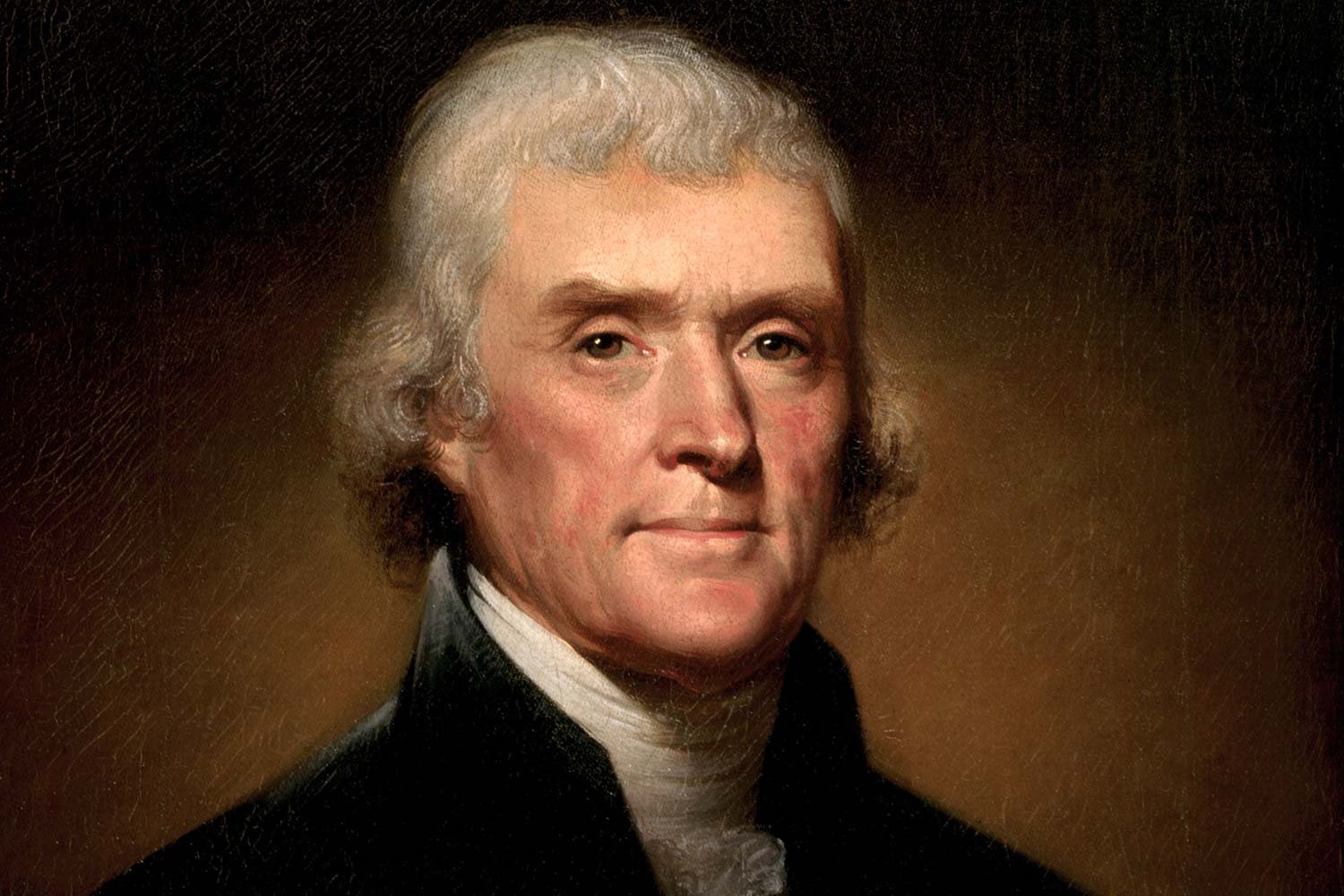

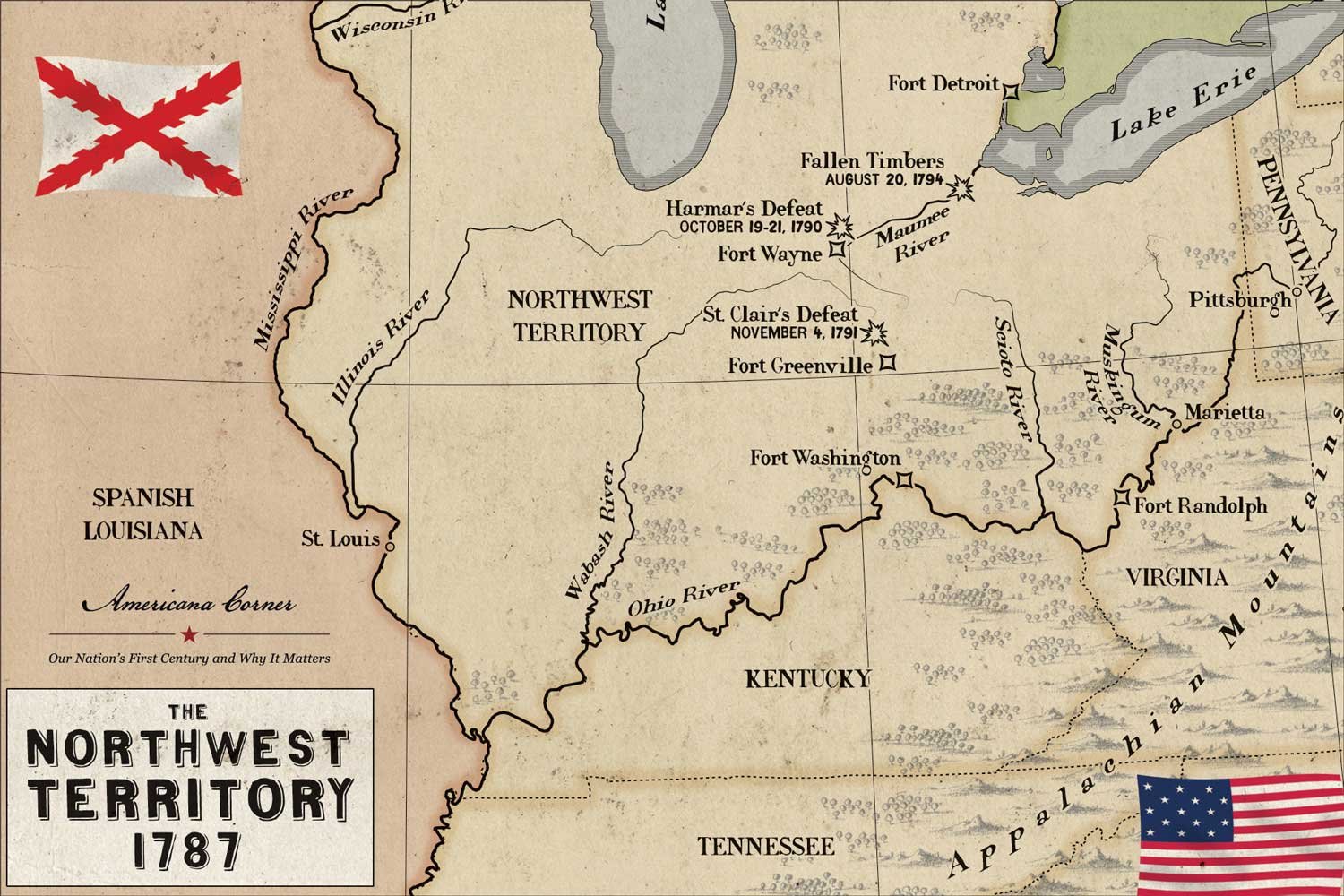

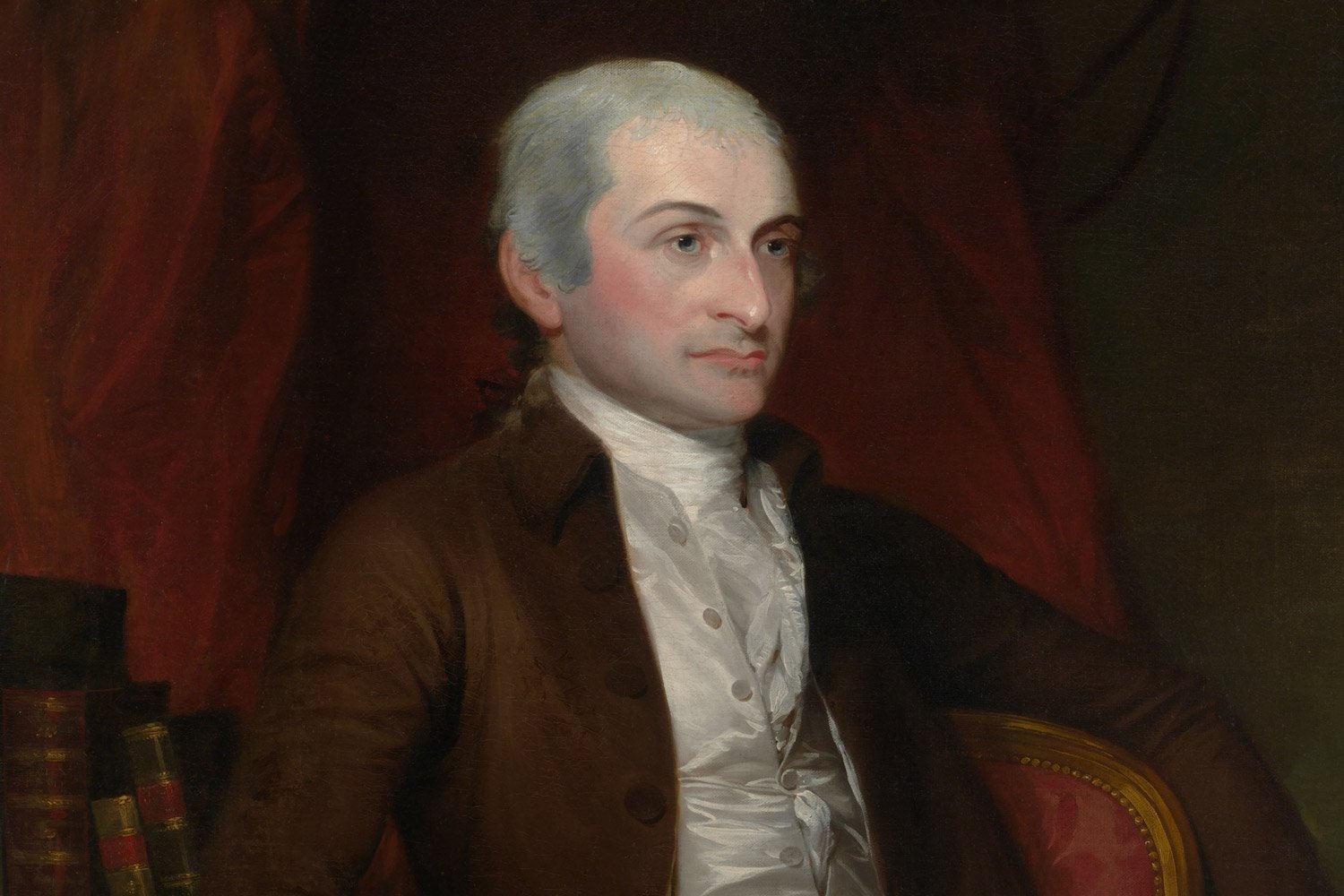
The midnight deal Robert Livingston, United States Minister to France, struck with Francois Barbe-Marbois, Napoleon’s Finance Minister, on April 13, 1803, to purchase the Louisiana territory was one of the most impactful agreements in the history of the United States. It resulted from months of conversations Livingston had had with numerous French officials, creating a foundation for the details that would follow. But as important as this step was, there remained several hurdles to overcome.